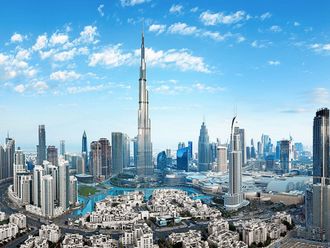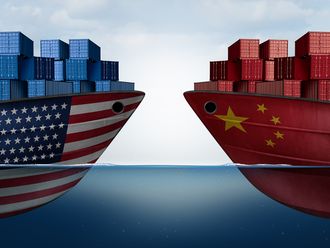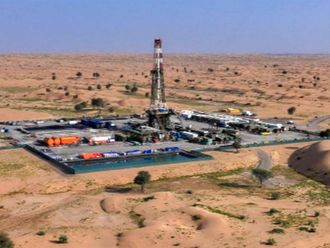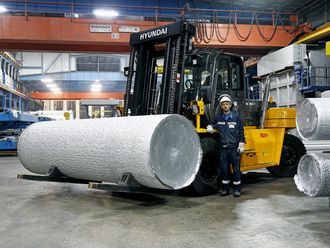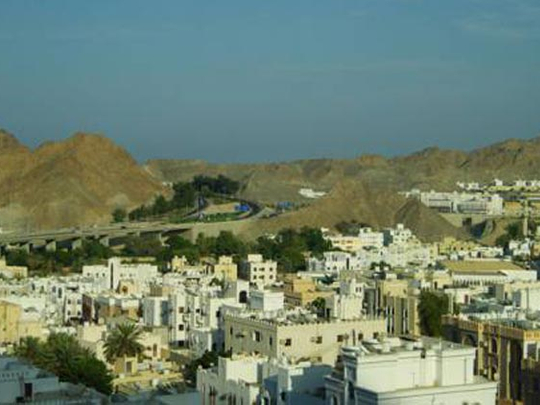
Oman's 2010 is almost a replica of 2009 in terms of projected growth of both revenues and expenses, thereby confirming the continuation of existing economic policy.
In particular, the not-so-conservative policy of steady government spending serves the cause of helping the sultanate adapting to ongoing financial crisis.
A look at the figures suggest projected revenues for 2010 of $16.7 billion (Dh61.2 billion) up by nearly 14 per cent versus original figures for fiscal year 2009. The rise in income partly reflects growing oil production, from daily output of 760,000 barrels in 2008 to more than 800,000 barrels in 2009 and about 900,000 barrels in 2010.
Still, another such reason for the rise in income relates to adopted oil price level.
The authorities calculated revenues based on average oil price of $50 per barrel, up from $45 per barrel in each of the last two fiscal years. As a non-Opec (Organisation of the Petroleum Exporting Countries) member, Oman seems pleased with developments in the oil market.
Still, primary credit for rising income is reserved to rising output from Mukhaizna oil field. Occidental of the US and its partners won a concession back in 2005 to develop the field.
At the time of winning the concession, Occidental and partners indicated interest in investing some $2 billion, as part of efforts to increase Mukhaizna's production to 150,000 bpd in a span of five years.
On a negative note, Oman's budget remains at the mercy of developments in the oil market. Oil and gas are projected to separately contribute 63 per cent and 13 per cent to treasury income in 2010. Exploration efforts suggest that the petroleum sector would continue dominating treasury income for years to come.
Projected expenditures amount to $18.7 billion, up 12 per cent from budgeted expenses for fiscal year 2009.
Clearly, the rise in spending reflects the government's determination to encourage private sector investors to follow suit. Strong public sector spending remains vital to helping local economy adapt to ongoing financial crisis.
Projections
Firm public expenditures should help maintain growth of gross domestic product (GDP). The projections call for 6 per cent and 18 per cent growth rates in GDP in constant and current rates in 2010, respectively. To be sure, public spending is vital for the country's economic well-being by virtue of accounting for more than a quarter of the country's GDP.
Yet, the sultanate's projected deficit of $2.1 billion can be regarded as relatively high by prudent fiscal practices.
The deficit amounts to 13 per cent of projected revenues and 3 per cent of GDP. At any rate, Oman is not restricted by the regional monetary union initiative which limits budgetary deficit to 3 per cent of the country's GDP.
The desire to keep an independent fiscal policy partly explains Oman's determination not to join the monetary union initiative of the Gulf Cooperation Council (GCC). Clearly, officials want to have freedom in assuming policy choices to address economic challenges facing the sultanate.
The GCC, excluding Oman and the UAE, started implementing the monetary union project in 2010.
Projected shortfall in 2009 amounted to 14 per cent of treasury income and 5 per cent of GDP. However, initial statistics for fiscal year 2009 suggest figures will almost break even reflecting stronger oil income thanks to firmer oil prices together with higher output.
Chances are the projected deficit in 2010 would largely be contained. Still, limited shortfall is sustainable. In short, what matters at this critical point of ongoing financial crisis is maintaining public spending in order to ensure economic viability.
Dr Jasim Ali is a Member of Parliament in Bahrain.


